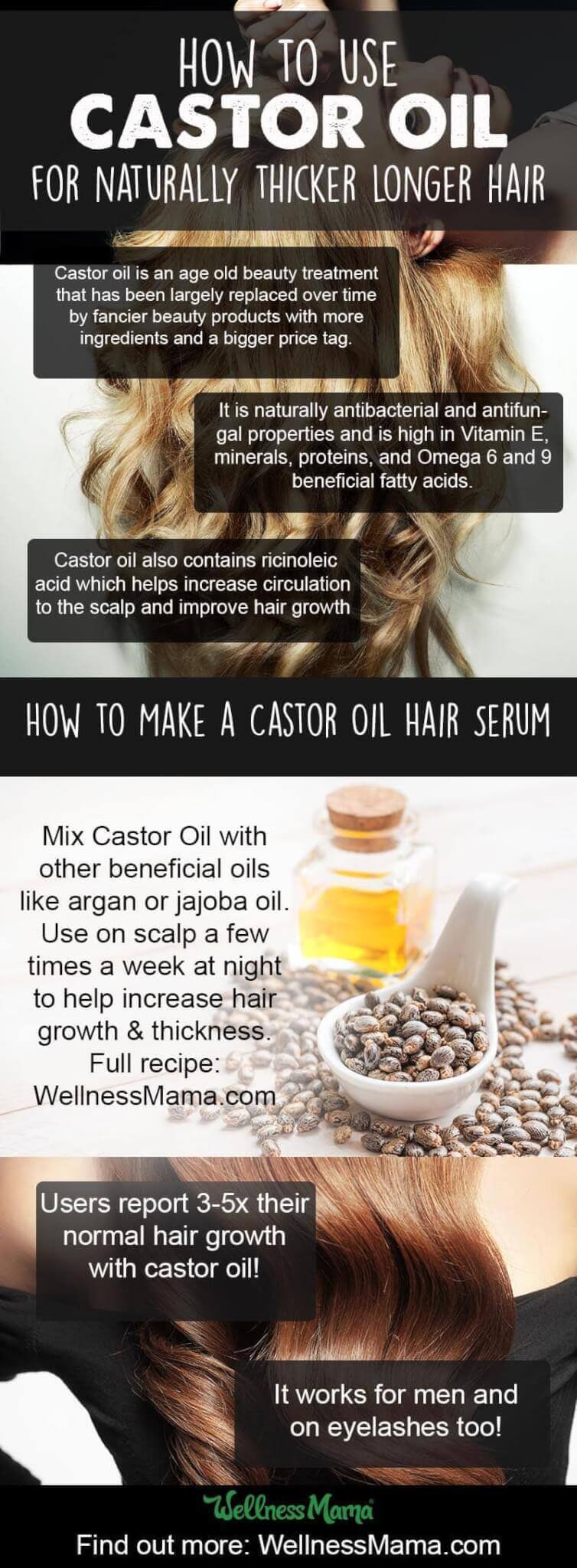
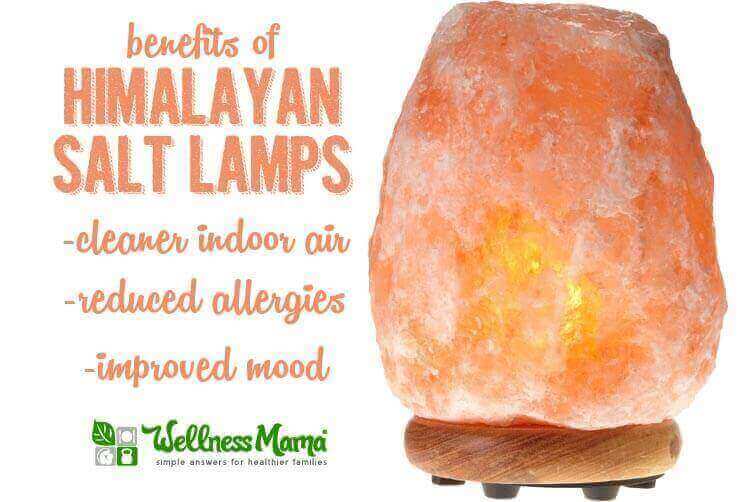
There are few things in life as soothing and relaxing as the warm glow of a campfire, and Himalayan salt lamps offer this same ambiance at home.
I’ve talked before about how I use them to help purify indoor air and for their soothing red glow. We use these lamps so often that I figured they deserved their own post.
What is a Himalayan Salt Lamp?
Salt lamps or HPS (Himalayan Pink Salt) lamps are essentially large pieces of pure Himalayan Salt with a small bulb inside. They can be solid pieces of salt (like this one) or decorative baskets filled with large crystals of salt (like these). The offer a nice warm glow when lit and may be beneficial for indoor air quality.
Himalayan salt lamps are made from pure, food grade, himalayan salt crystals and can even be powdered to use as salt in recipes if needed. These beautiful lamps have gained massive popularity lately and there are many benefits attributed to them.
But are these benefits actually backed by science?
Read on to find out:
Do Salt Lamps Really Generate Negative Ions?
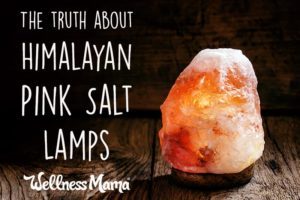 Many sources claim that salt lamps are natural negative ion generators, though there are some important points to understand:
Many sources claim that salt lamps are natural negative ion generators, though there are some important points to understand:
What are negative ions?
At any given time, there are both positive and negative ions in the air. As a flashback to freshman science:
“An ion is an atom or molecule in which the total number of electrons is not equal to the total number of protons, giving the atom a net positive or negative electrical charge.”
Positively charged ions are also known as cations, while negatively charged ions are anions. The positive or negative charge makes ions able to move and bond easily.
Negative Ions in Nature
Negative ions occur more often in nature and they are often created by things like lightening storms, sunlight, waterfalls, and ocean waves. Running water is considered nature’s greatest source of negative ions and may be one of the things that contributes to the refreshing scent of waterfalls and the beach. In fact, this is one of the reasons people often report feeling renewed or refreshed after a storm or at the beach.
WebMD explains some of the benefits of negative ions in the air:
Generally speaking, negative ions increase the flow of oxygen to the brain; resulting in higher alertness, decreased drowsiness, and more mental energy,” says Pierce J. Howard, PhD, author of The Owners Manual for the Brain: Everyday Applications from Mind Brain Research and director of research at the Center for Applied Cognitive Sciences in Charlotte, N.C.
“They also may protect against germs in the air, resulting in decreased irritation due to inhaling various particles that make you sneeze, cough, or have a throat irritation.”
And for a whopping one in three of us who are sensitive to their effects, negative ions can make us feel like we are walking on air. You are one of them if you feel instantly refreshed the moment you open a window and breathe in fresh, humid air.
Places like waterfalls and beaches where negative ions are naturally produced can have a negative ion concentration of up to 10,000 negative ions per cubic centimeter whereas busy cities can have negative ion levels as low as 100 ions per cubic centimeter.
Do Salt Lamps Generate Negative Ions?
Short answer: Yes. But not in large amounts.
Spending time in nature, especially around water, is definitely the best way to get exposure to negative ions, but salt lamps do generate small amounts, especially when used consistently over time.
Since positive ions are often created by electronic devices like computers, TVs, microwaves, and even vacuum cleaners and can often exacerbate problems like allergies, stress and sleep trouble. Negative ions can neutralize positive ions (they bond together) and help cleanse the air. Additionally, salt lamps offer a soothing glow that many people find relaxing.
We don’t use salt lamps strictly as a negative ion generator, but keep them around the house, especially near electronics. If negative ions are the goal, using a negative ion generator would be a much more concentrated source.
But, Salt Lamps ARE Hygroscopic
Salt, by its nature, is hygroscopic, meaning that it attracts water to its surface and this water evaporates quickly due to the small amount of heat from the light source (this is also why salt lamps tend to sweat and appear wet in humid climates).
Small amounts of water vapor is present in the air and can carry things like mold, bacteria, and allergens. Salt lamps attrat this water vapor and the things it carries to its surface and removes them from the air. This is one of the main benefits of salt lamps, and one of the reasons we have them in most rooms of our house.
The Benefits of Salt Lamps
Salt lamps may not be the negative ion generation panacea they are made out to be, but we will have them in many rooms of our house for other reasons:
1. Great Night Light and Low-Light Lamp
Research has shown that different colors of light affect the body in different ways. My own doctor recommends avoiding blue light after sunset because it can interfere with circadian rhythm and disrupt sleep hormones.
Unfortunately, many modern light sources like cell phones, tablets, computers and TVs emit a lot of blue light and many of us spend a lot of time staring at these, especially in the evening.
Salt lamps, on the other hand, offer a warm orange glow, similar to the hues found in a campfire or by candlelight. For this reason, they are a great light source for the evening and can even be used as a night light without negatively affecting sleep.
I often wear orange sunglasses at night if I’ll be on the computer or watching a movie to avoid blue light and we use mostly salt lamps and other low and orange lights after dark.
2. May Improve Air Quality
Salt lamps are not a spectacular source of negative ions. However, due to their hygroscopic properties, they may improve the air in other ways. Besides offering a soothing glow, they can attract pollutants in the air and even help neutralize the effects of electronics.
3. Light and Color Therapy Benefits
These soothing lamps may also help boost mood and energy levels, especially for those with Seasonal Affective Disorder (SAD). The soft orange hues are one of the soothing colors often used to calm mood and increase focus. The small amounts of negative ions may also be helpful in boosting mood as well.
4. Soothing for Allergies
My brother in law has struggled with asthma and allergies for much of his life and he found relief from using a Himalayan salt inhaler. Others notice a difference from having salt lamps in their homes or offices.
How To Choose a High Quality Salt Lamp
It is possible to buy machines that create negative ions, but I’ve found that salt lamps are a less expensive alternative and offer other benefits as well.
We have salt lamps in most rooms in our home and enjoy them in winter months when it isn’t possible to have the windows open or to spend as much time outside. We now have a solid salt lamp or a basket lamp in each room of our home and I love them for their ambient glow and orange color.
Salt lamps cost less than many other types of lamps, and a high quality one can last for decades.
If you are interested in adding a salt lamp to your home, choose ones with these features for best quality:
- Orange Color– Darker colored lamps are typically considered higher quality. Lamps should specify that they are 100% Himalayan salt, as cheap imitations may use lower quality salt.
- Size– The bigger the salt lamp, the bigger the affect. Smaller lamps weight 5-6 pounds while larger ones can weigh up to 50. A good general rule is that 1 pound of salt will filter approximately a 4×4 area of a room. Smaller lamps are typically much less expensive, so we keep 1-2 in smaller rooms and 2-3 in larger rooms of our home.
- Rough Surface– The surface area of a salt lamp determines its hygroscopic potential. Rougher lamps have a higher surface area than smooth and polished lamps and are more effective at improving air quality. In my opinion, they also look better and are a great decoration for most rooms.
- Bulb– The hygroscopic benefits are due to the salt and heat together so it is important to use a heat-producing bulb. LED bulbs don’t accomplish this. I use these inexpensive bulbs.
HPS Lamps: Bottom Line
Salt lamps aren’t a panacea and they don’t take the place of an air filter. They don’t create large amounts of negative ions like you’ll find in nature, especially around water. If negative ions are the goal, taking a hike or a swim in nature is a much more efficient way to get them.
Salt lamps ARE a beautiful light source that may offer benefits of color therapy, by cleaning the air hygroscopically and in alleviating allergies. They are an inexpensive no-blue light source to use after dark and as a sleep-friendly night light for kids.
At the end of the day, they aren’t going to fix any health problems on their own or drastically improve indoor air quality. They are, however, a beautiful and eco-friendly light source that produces a healthy spectrum of light. If you are choosing lamps for your home, they are a great option to consider.
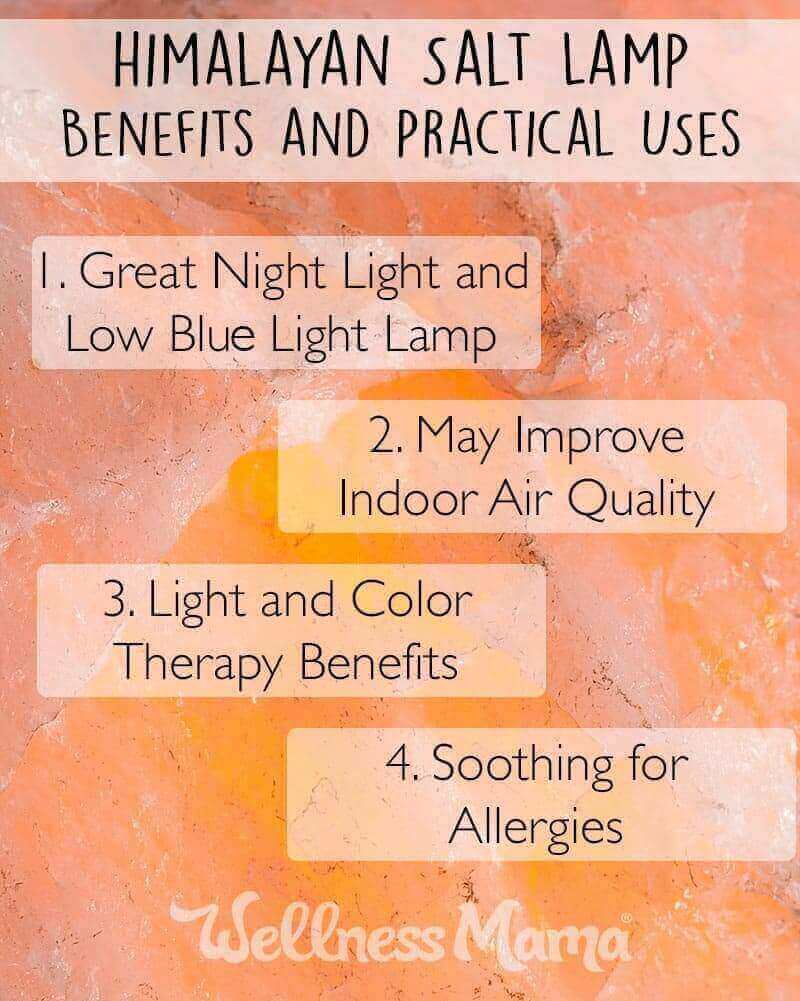
More articles on air quality
- Three Ways to Clean Indoor Air Naturally
- How to Use Plants to Purify Indoor Air
- Why I Never Use Scented Candles
Sources:
https://www.epa.gov/indoor-air-quality-iaq
https://en.wikipedia.org/wiki/Hygroscopy
Thayer, R.E. (1989). Biopsychology of Mood and Arousal. New York: Oxford University Press
Diamond, M. (1988) Enriching Heredity: The Impact of the Environment on the Anatomy of the Brain. New York: Free Press.
Yepsen, R.B., Jr. (1987) How to Boost Your Brain Power: Achieving Peak Intelligence, Memory and Creativity. Emmaus, Pa.: Rodale.webmd.com/balance/features/negative-ions-create-positive-vibes
Ever used a salt lamp or other air filter? How do you like it? Tell me below!
Continue Reading...4 Important Himalayan Salt Lamp Benefits For Your Home
source http://wellnessmama.com/23569/himalayan-salt-lamp-benefits/?utm_source=rss&utm_medium=rss&utm_campaign=himalayan-salt-lamp-benefits




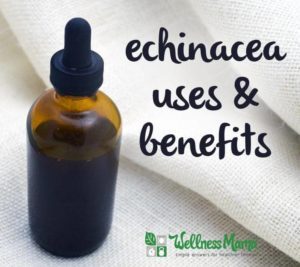 Modern research is still divided on the effectiveness of Echinacea, and there are some contraindications (like autoimmune disease). I personally rarely use this herb anymore, but many people love this traditional remedy.
Modern research is still divided on the effectiveness of Echinacea, and there are some contraindications (like autoimmune disease). I personally rarely use this herb anymore, but many people love this traditional remedy.



 The fruit of the vine is a natural choice to accompany almost any meal. There is quite literally a wine for every occasion.
The fruit of the vine is a natural choice to accompany almost any meal. There is quite literally a wine for every occasion. Lab tested to ensure quality and alcohol content of 12-12.5%
Lab tested to ensure quality and alcohol content of 12-12.5%

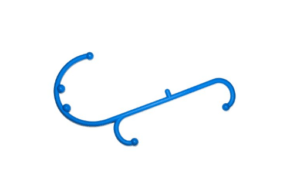
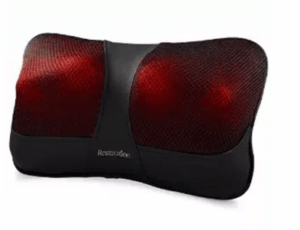


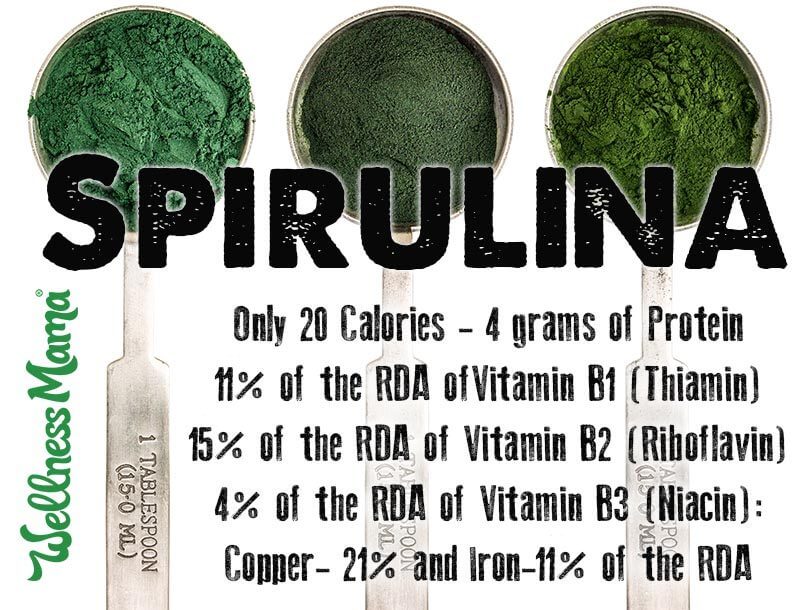
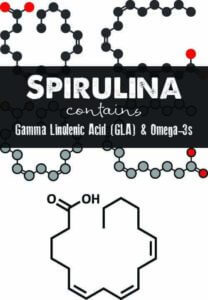 Spirulina is 65% protein and amino acids including the essential fatty acid gamma linolenic acid (GLA) which has gotten a lot of attention for
Spirulina is 65% protein and amino acids including the essential fatty acid gamma linolenic acid (GLA) which has gotten a lot of attention for 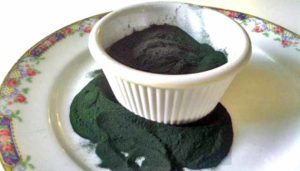 When choosing Spirulina, make sure to choose one that is organic, as others can be contaminated or have nitrate compounds as additives. The one I’m currently using can be
When choosing Spirulina, make sure to choose one that is organic, as others can be contaminated or have nitrate compounds as additives. The one I’m currently using can be 
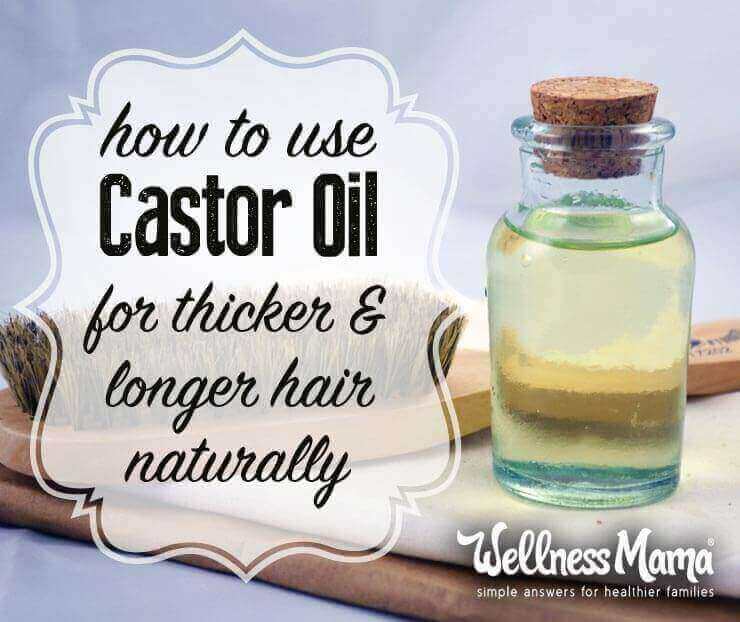
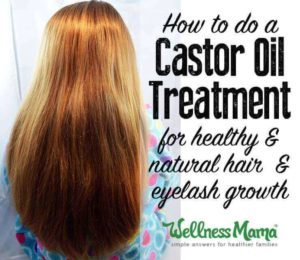 There are
There are 